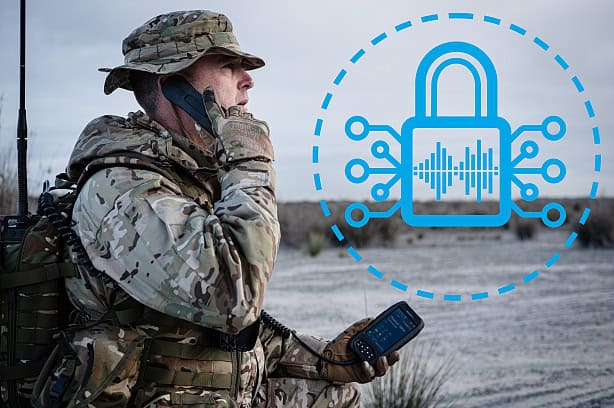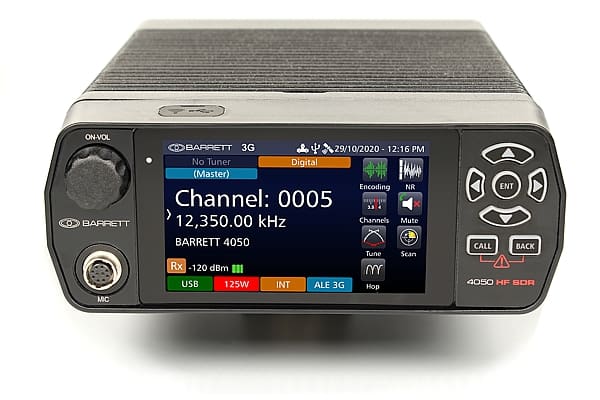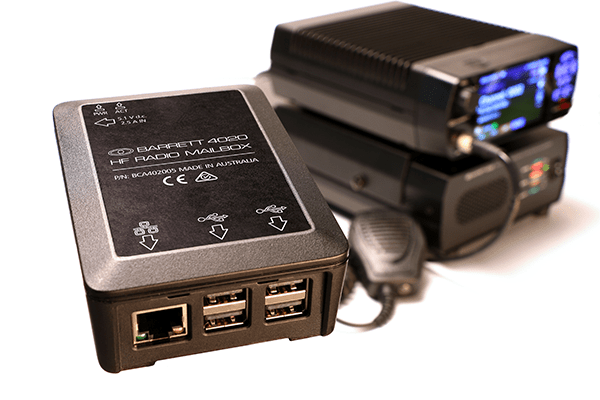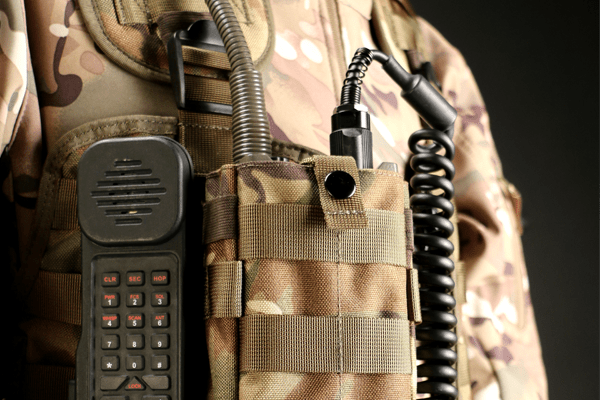Why medical teams need HF radio for disaster relief
Why medical teams need HF radio for disaster relief
Whether you’re a paramedic searching for the scene of an accident, or part of a medic response unit providing care in the aftermath of disaster, effective communication is not only central to maintaining contact between groups, but to saving lives as well. HF radio technology provides medical teams with clear contact when other methods fail, including between hospitals or clinics as well as in the field.
What is HF radio?
High frequency or HF radio functions by propagating frequencies upward to the ionosphere, which are then bounced back to Earth and picked up by transceiving radios programmed to intercept the particular broadcast. This form of communication is incredibly effective as it allows radio waves to travel great distances while maintaining clarity.
One of the biggest benefits of HF radio is that it’s fully operational once deployed without requiring existing infrastructure. This is incredibly important for paramedics and ground medical crew who need to travel to assist victims while maintaining contact with hospital bases.
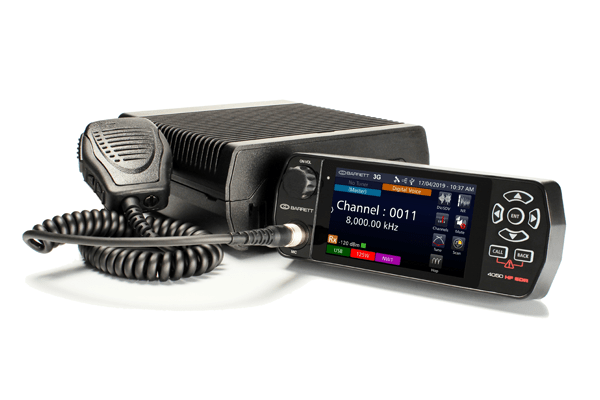
The Barrett 4050 HF SDR transceiver allows for secure, clear communications in the field.
Why do medical teams need HF radio?
For those providing medical relief to civilians, every second counts when lives are on the line. An HF radio network means not only that communication is guaranteed between concerned parties, including multiple points of contact, but that messages remain secure.
Secure multi-point calling
The secure calling features of the Barrett 4050 HF SDR transceiver allows for multiple point contact between radios in a network, provided they all have the same access key for a frequency that hops according to a specific pattern. This hopping makes it near impossible for outside parties to eavesdrop on these often sensitive conversations. Secure communication is vital, especially where teams are carrying supplies of medicine or other valuable resources. If this information got into the wrong hands, it could jeopardise a relief mission.
Encrypted data
As another security measure, Barrett HF radios come equipped with encryption options to protect transmissions. The process involves scrambling a message in line with a particular algorithm, which can only be decoding by transceivers with the same key. This data privacy not only protects medical teams from having supplies swiped, but in keeping sensitive subject matter – such as identities of those in accidents – private until all of the relevant parties have been notified.
Interoperability
Modern HF radio solutions allow for interoperability with existing equipment, including smartphones. The Barrett 4050 HF SDR transceiver blends both powerful function and ease of use, with a universally recognisable user interface, meaning that anyone who needs to operate the radio can do so with little training. This transceiver can also be controlled remotely, through the use of Android and iOS apps which replicate its interface. This is incredibly helpful for those who need to create and control broadcasts remotely while contacting units on different devices.
For more information on which Barrett Communications equipment is best suited to your needs, get in touch with our team for a friendly consultation.


